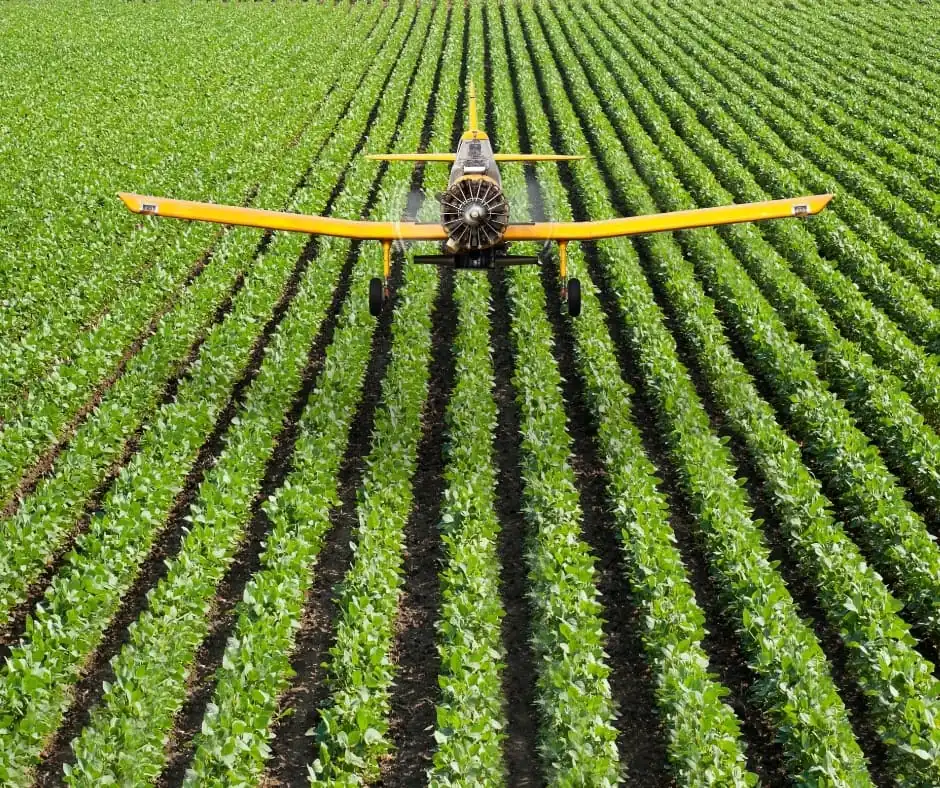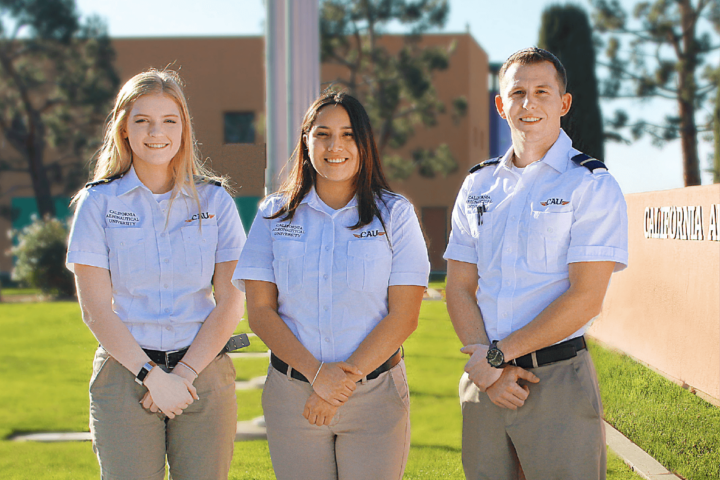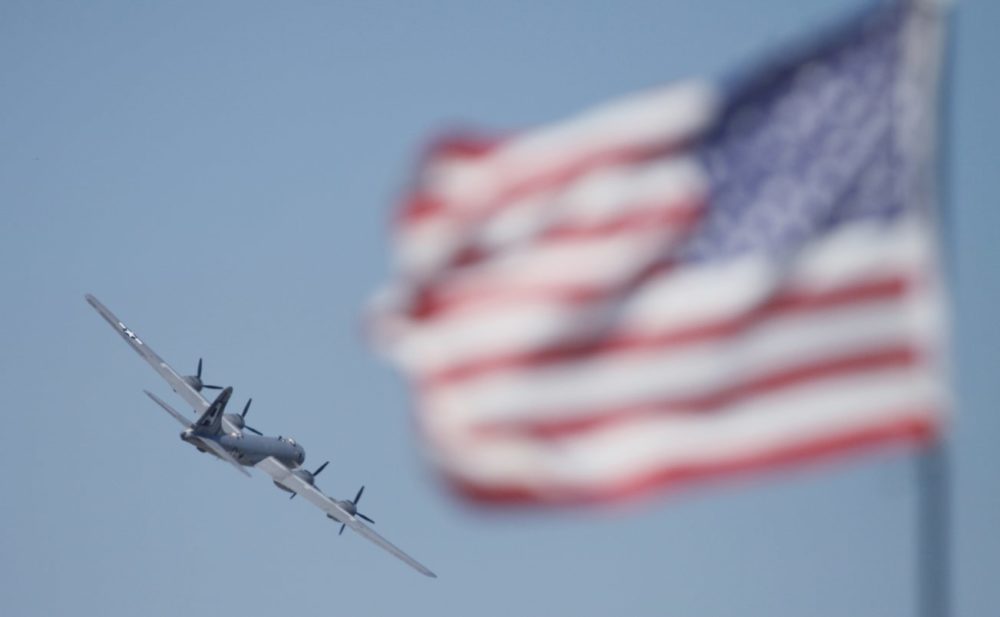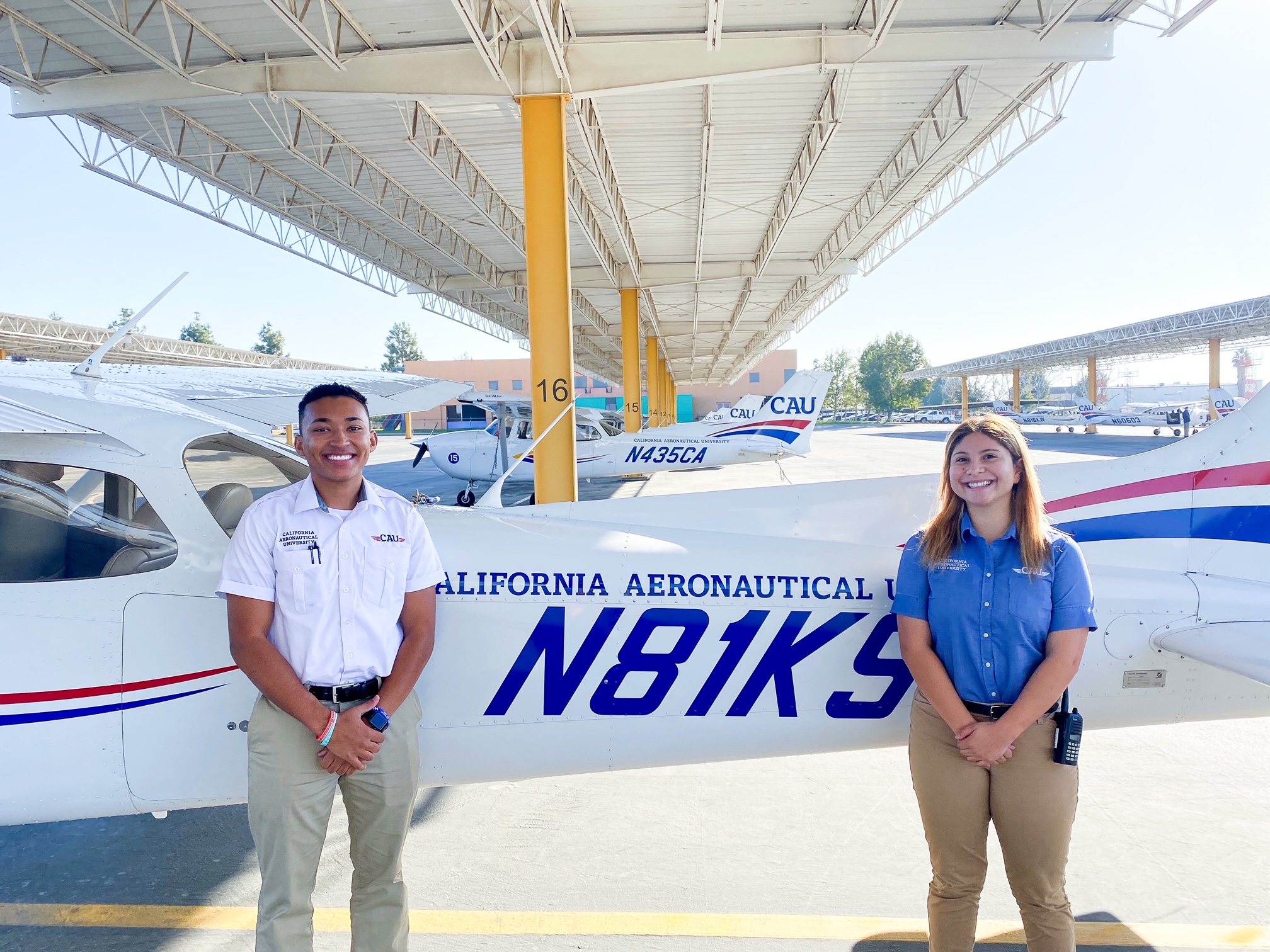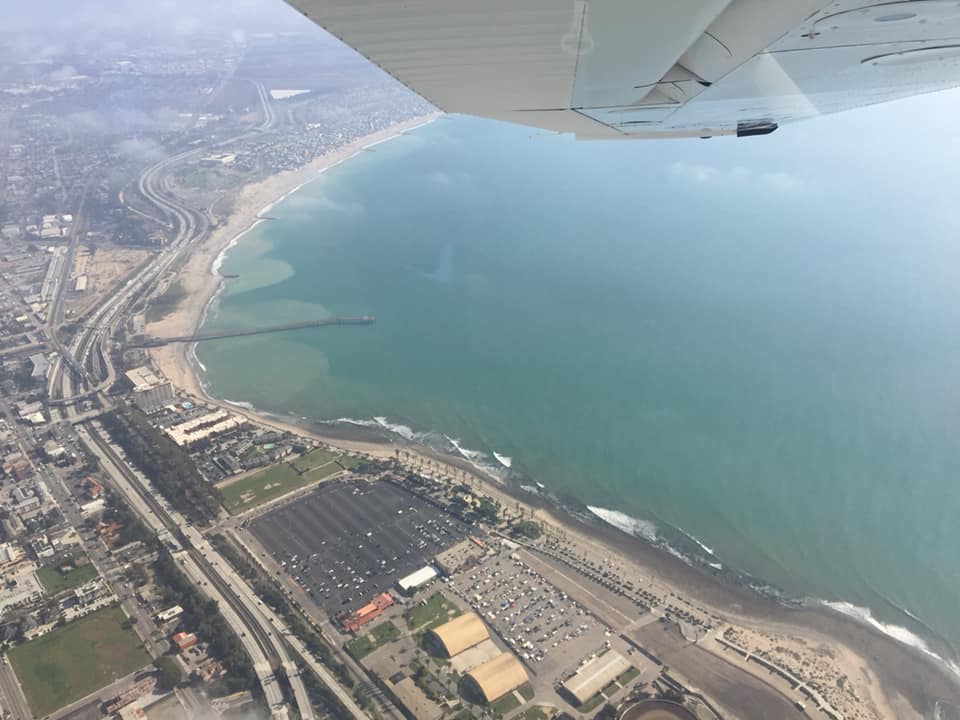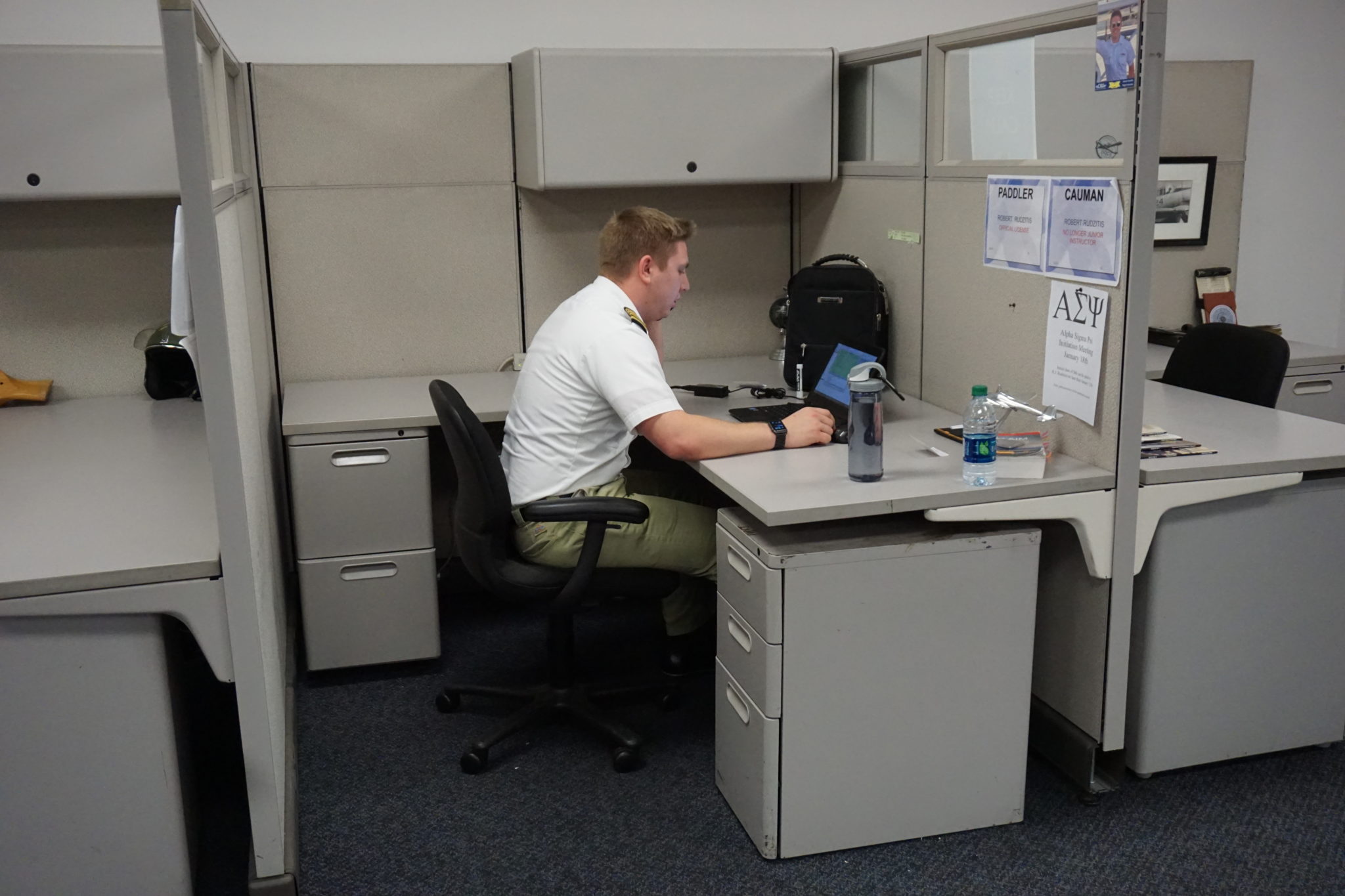Student Pilot Resources
What Is a Student Pilot?
Flying an aircraft for the first time is an exciting milestone, and it all begins with becoming a student pilot. Student pilots are individuals who have started formal flight training and are working toward earning their first pilot certification. Whether pursuing aviation as a career or a personal passion, student pilots learn the essential skills needed to navigate the skies safely and confidently.
Student Pilot Overview
A student pilot is an individual who is learning how to fly under the supervision of a certified flight instructor. Student pilots are working toward earning a full pilot certificate and gaining the necessary knowledge, skills, and experience to operate an aircraft safely. This early phase of flight training introduces fundamental flight maneuvers, airspace rules, and aviation decision-making, laying the foundation for a successful aviation career or recreational flying experience.
Key Points:
- Student pilots must train under the supervision of a certified flight instructor (CFI).
- Flight training includes ground instruction, flight maneuvers, and aviation regulations.
- Student pilots must meet eligibility requirements such as age and English proficiency.
- Initial training builds a foundation for solo flight and certification testing.
Reference:
FAA Student Pilot Guide
The Student Pilot Certificate
Earning a student pilot certificate is a major step in a pilot’s journey. It is a requirement for any individual who wishes to fly an aircraft solo during their training. Issued by the Federal Aviation Administration (FAA) in the United States, the student pilot certificate verifies that the individual has met the basic eligibility requirements and is ready to begin solo flight operations under an instructor’s guidance.
Holding a student pilot certificate allows individuals to fly an aircraft solo under specific conditions authorized by their flight instructor. Student pilots can practice maneuvers, cross-country flights, and other required tasks without an instructor onboard, helping them build the confidence and experience needed for certification. However, all solo flights must follow strict regulations and typically require instructor endorsement for each flight activity.
Key Privileges:
- Fly solo under instructor supervision and with required endorsements.
- Conduct solo cross-country flights after meeting specific training requirements.
- Operate an aircraft as pilot-in-command (PIC) under visual flight rules (VFR).
- Build required solo flight time toward private pilot certification.
While student pilots have the opportunity to fly solo, there are important limitations to ensure safety. They are not permitted to fly with passengers, for compensation or hire, or in conditions that require instrument flight rules (IFR). Additionally, student pilots must avoid flights into controlled airspace unless specifically trained and endorsed. These restrictions help focus training on building core flying competencies while maintaining safe operations.
Key Limitations:
- No carrying passengers or flying for compensation or hire.
- No flying in furtherance of a business.
- No flight in Class B airspace unless specifically authorized.
- No flight during night hours or in weather conditions requiring IFR unless endorsed.
Explore Pilot Career Paths
Student Pilot Guides
Applying for a student pilot certificate is an exciting step! It’s the first move toward becoming a pilot but can be a complex one to navigate. This article will cover who needs a student pilot certificate, eligibility requirements, privileges and limitations of a student pilot, and how to successfully complete the student pilot application along...Continue reading→
Knowing the main reasons students fail their checkride, along with careful preparation, goes a long way to avoiding potential checkride errors on test day. Let’s review some of the most common trouble spots and how to avoid them. Preparing for your checkride is similar to preparing for a final exam: it is not something you...Continue reading→
Transitioning from Military to Civilian Aviation Student: 6 Tips for Success
When transitioning from military to civilian aviation, there are a few things to consider to ensure your transition is as smooth as possible. [lwptoc numeration=”none” skipHeadingText=”Share This:”] For those exiting the armed forces, there are exciting career prospects that await your departure from the military. To get the most out of new opportunities, you will...Continue reading→
Preparing for your first solo flight can be a stressful milestone in your aviation education. Here’s how to prepare for your solo and take the next step towards your aviation career. [lwptoc numeration=”none” skipHeadingText=”Share This:”] The day has finally arrived. You are about to become a real aviator. Flying solo is the first step of...Continue reading→
Student pilots must become familiar with ground reference maneuvers in order to demonstrate controlled airmanship. [lwptoc numeration=”none”] Ground reference maneuvers involve using an airplane’s flight controls to affect the course of flight. Knowing these are necessary to operate in an airport traffic pattern. A solid understanding of pitch, roll, and yaw are all involved, as...Continue reading→
For students pursuing a degree in the aviation field, these three study tips can help you excel in your education this year. If you are an aviation student and determined that your 2021 is going to outshine your 2020 (although let’s face it—the bar is not that high), there is plenty that you as a...Continue reading→
Top Study Resources for Private Pilots
Okay, so you’re ready to study. Your flight instructor probably has a syllabus for you, and it probably includes these books. If you’re starting early, or you’re on your own, here’s a list of helpful study resources.
FAA Private Pilot Training Materials
When in doubt, go straight to the source! There are a lot of aviation books out there, and it can be difficult to figure out which ones to reference. Well, start at the source – the FAA. The FAA has its own set of comprehensive materials to reference, and while it’s dry government reading, the one thing we know about FAA resources is that they’re the direct source from which you’ll be tested. Most general knowledge can be found in these books – and the best part is they’re FREE!
- Private Pilot for Airplane Category Airmen Certification Standards: This is everything that will be on your final check ride in topical format. It’s a great reference for making sure you know what you’re up against and what you’ll be tested on.
- Pilot Handbook of Aeronautical Knowledge (better known as PHAK): This is all things about basic airplanes and flying. The basics of what the FAA wants you to know about flying, including licenses, weather, decision-making and regulations.
- Airplane Flying Handbook: Gets into the details about specific maneuvers and how to fly an airplane.
- Federal Aviation Regulations (FARs)- all of the rules.
- Aeronautical Information Manual (AIM)- a better description of all of the rules with pictures.
- Aircraft-Specific Pilot Information Manual (PIM) or Pilot Operating Handbook(POH): This you’ll get once you start flying. It includes all of the details about the specific aircraft you’ll fly, including airspeeds, systems, and procedures specific to that aircraft.
Flight Apps
There’s one favorite flight app that the whole aviation world uses, and it’s called ForeFlight. There’s a cost to it, and some instructors will not allow you to use it until a certain stage, but it’s the most comprehensive tool you can find for flight planning.
Other apps to consider:
- CloudAhoy
- LiveATC
- Sportys E6B app or another flight computer
- MyRadar or a weather app that you like
- A crosswind calculator app
Flashcards and Test Simulators
Flashcards can be very useful when studying. Depending on how you best learn, you might write out flashcards with a pencil and paper, or you might find a digital app like Quizlet to help you memorize things. Keep those flashcards – you’ll use them at every stage of training!
Another helpful tool is to get an ATC simulator to practice your language with air traffic control. This can be a learning curve for initial students, as air traffic controllers speak quickly and don’t allow time to think. Practicing ahead of time can give you confidence.
At-home flight simulators can be a great tool for practice, as long as you’re also getting good instruction along with it and not forming bad habits. Home simulators are good for practicing what you’re already learned from your instructor.
Community and Networking Opportunities
Many of the same organizations that provide scholarships also provide community and mentorship opportunities. These organizations are not only there to offer scholarships; their primary purpose is to mentor younger generations of pilots and help those in need. You may find that as a woman, for example, you’re part of an underrepresented group in aviation – one that has its own particular challenges. Joining your local Women in Aviation chapter will help you find other women to identify with and get mentorship from.
These groups often meet locally, providing an opportunity to network, even find potential future jobs, as well as just have some fun with like-minded individuals. You may even find a study group!
Have a look at your local and national groups and see which ones you want to join:
- Aircraft Owners and Pilots Association (AOPA)
- Experimental Aircraft Association (EAA)
- Women in Aviation (WAI)
- Black Pilots of America
- National Gay Pilots Association (NGPA)
Essential Tools for Student Pilots
Starting out as a student pilot isn’t easy. There are lots of books and study materials given to you, and it can be hard to know where to start. Your flight instructor probably has a syllabus for you, and it probably includes the following books. If you’re starting early, or you’re on your own, here’s a list of helpful study resources.
Flight Training Materials
When in doubt, go straight to the source! There are a lot of aviation books out there, and it can be difficult to figure out which ones to reference. Well, start at the source – the FAA. The FAA has its own set of comprehensive materials to reference, and while it’s dry government reading, the one thing we know about FAA resources is that they’re the direct source from which you’ll be tested. Most general knowledge can be found in these books – and the best part is they’re FREE!
- Private Pilot for Airplane Category Airmen Certification Standards: This is everything that will be on your final check ride in topical format. It’s a great reference for making sure you know what you’re up against and what you’ll be tested on.
- Pilot Handbook of Aeronautical Knowledge (better known as PHAK): This is all things about basic airplanes and flying. The basics of what the FAA wants you to know about flying, including licenses, weather, decision-making and regulations.
- Airplane Flying Handbook: Gets into the details about specific maneuvers and how to fly an airplane.
- Federal Aviation Regulations (FARs)- all of the rules.
- Aeronautical Information Manual (AIM)- a better description of all of the rules with pictures.
Aircraft-Specific Pilot Information Manual (PIM) or Pilot Operating Handbook(POH): This you’ll get once you start flying. It includes all of the details about the specific aircraft you’ll fly, including airspeeds, systems, and procedures specific to that aircraft..
Flight Apps
There’s one favorite flight app that the whole aviation world uses, and it’s called ForeFlight. There’s a cost to it, and some instructors will not allow you to use it until a certain stage, but it’s the most comprehensive tool you can find for flight planning.
Other apps to consider:
- CloudAhoy
- LiveATC
- Sportys E6B app or another flight computer
- MyRadar or a weather app that you like
- A crosswind calculator app
Logbooks
Most student pilots start out with a small, hardcover paper logbook. It’s inexpensive, often comes with your private pilot book/study package, and works very well for logging hours. Today, there are digital logbooks, as well. Many people still use paper logbooks. Many use digital. Some use both, converting their paper logbooks to digital as they go. There’s no right way or wrong way to do it, as long as you can prove that your hours were done and your instructor signed off on them, you’ll be fine.
Advantages to the paper logbook:
- Inexpensive
- Easy to use
- A memento of your training forever
Disadvantages of a paper logbook:
- Tedious to write very small
- If you lose it, you lose it.
- Can be hard to locate specific events for examiners after it fills up
- Typos
Advantages of a digital logbook:
- Can be backed up on the Cloud and/or by printing
- Easy to search
- Automatic calculations
Disadvantages of a digital logbook
- Expensive
- Difficult to learn
- Harder to have instructors sign, especially if they’re not tech-savvy
Student Pilot Checklists & Guides
As a student pilot, you’ll get used to checklists during training, and you’ll likely start with your aircraft checklist. You’ll get to know this checklist by using it repeatedly in flight. Even though you’ll memorize it, checklists are typically required to be referenced by most instructors since the human mind is forgetful and using a checklist is a good habit to get into to make sure you’re not forgetting important items.
Financial Resources for Student Pilots
If there was a single most important question asked by private pilot students, it’s “How do I afford this?”
Most students fund flight training through multiple sources: cash, student loans, and scholarships.
Funding Flight School
Students fund flight schools through a variety of ways, but mostly through cash, loans, and/or scholarships. It’s always good to have cash savings before starting flight training, even if you rely on loans or have earned scholarships, as there are always unexpected costs.
For those for whom cash isn’t an option, there are a few loan products that cover flight training. Loans availability is another reason many people consider collegiate flight programs – student loans during college are easier to get and lower interest than private loans outside of colleges.
Some fast- track programs do offer private loan funding, and although these programs are often high interest, the aviation-specific programs sometimes come with benefits such as deferred payment after graduation to allow you time to enter the workforce and start earning money.
Lastly, scholarships are an often underutilized funding option. Local clubs and organizations offer scholarships, as do local entities, churches, schools, and national organizations. The trick is that you have to go looking for them. Google is your friend when it comes to scholarships. Here are a few places to look:
- Aircraft Owners and Pilots Association (AOPA)
- Experimental Aircraft Association (EAA)
- Women in Aviation (WAI)
- Black Pilots of America
- National Gay Pilots Association (NGPA)
There are many, many more scholarship resources to be found. Go see how many you can find!
Budgeting Tips
While there’s no doubt that flight training is expensive, there are some ways to save money that are under your control.
- Find the right flight school for you. You’ll want to make sure that instructor availability and aircraft availability are consistent. Talk to other flight students to get their experience. If delays are common, think about flying somewhere else.
- Study and prepare! Show up prepared for your lessons so that you don’t have to redo them. Sometimes, you’ll have to redo them anyway, but the more prepared you are, the more quickly you’ll be able to move on to the next lesson
- Ask a lot of questions. Don’t sit on your questions or be afraid to ask. Asking questions will move you forward
- Study online or take an online ground school. This will be cheaper than your instructor going through all of the ground school material with you.
- Ask about a discount for cash and/or for putting a certain amount of money on account for future lessons.
- Chair-fly: Sit at home in front of a flight deck poster and go through all of the maneuvers, practice talking to ATC, etc.
- Fly as often as you can: flying often means you’ll retain much more knowledge than if you have a week in between lessons.
- Apply for scholarships!

